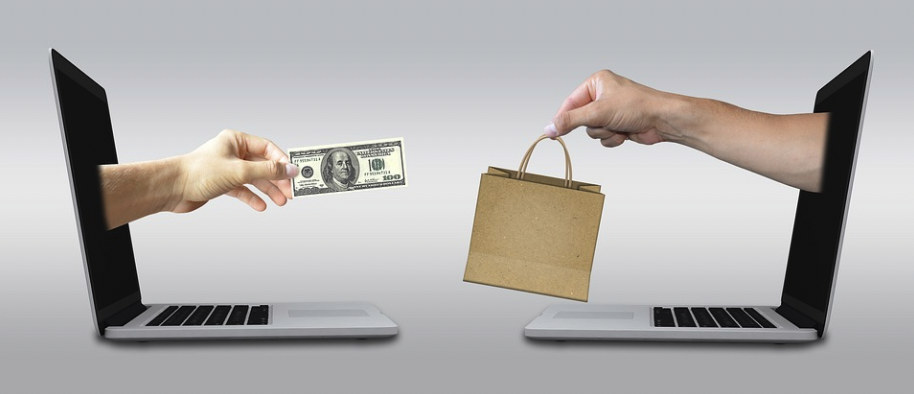
Every day, our brain is faced with thousands of decisions. So it takes shortcuts to save work – and not go crazy.
Here are two interesting shortcuts you can use:
1) Use price anchors
In 2010, Steve Jobs was on stage revealing the new iPad. A big screen behind him showed the price: $999.
Then, Jobs announced that Apple had cut production costs, so they were going to sell the iPad for $499. The number on the screen changed, and the audience began screaming and applauding.

Following that announcement, Apple sold 40 million iPads. After buyers were “anchored” to the $999 price tag, $499 for an iPad sounded like a hell of a deal.
How to use price anchor bias
Unless you’ve created a new product category, customers already have anchors. Find out what they are, and use them to make your offer more attractive.
Just beware of the risks: There are caveats to any shortcut, and price anchoring bias is no different.
2) Unintentional offers
If the product is a good fit for them, people consider unintentional offers more attractive.
Here’s what we mean.
In an experiment brought up by the Ariyh newsletter, people were asked whether they would take a 70% discount to subscribe to The Economist magazine.

The results?
- 12.9% took the offer when they were told that the discount was for the “classic reader” of The Economist (tailored for them).
- 32.1% took the offer when they were told that the offer was created to get the average person excited about The Economist (tailored to others, not them).
Why these offers work
We know that companies want to make a profit, so we don’t value offers designed to make us spend more. But when we find an unintentional offer, we feel lucky and grab the bargain.
How to use unintentional offers
If you have a product that your audience is clearly interested in, you can make the offer more appealing by saying that it’s not targeted at them.
Be careful: Do not frame your offer in a way that lowers the perceived value of the product. For example, “These Bose speakers are perfect for amateur listeners.”


![Backwards 3: How to Type "Ɛ" [EASY]](https://softwareblade.com/wp-content/uploads/2022/02/Screen-Shot-2022-02-19-at-9.03.25-PM-150x150.png)